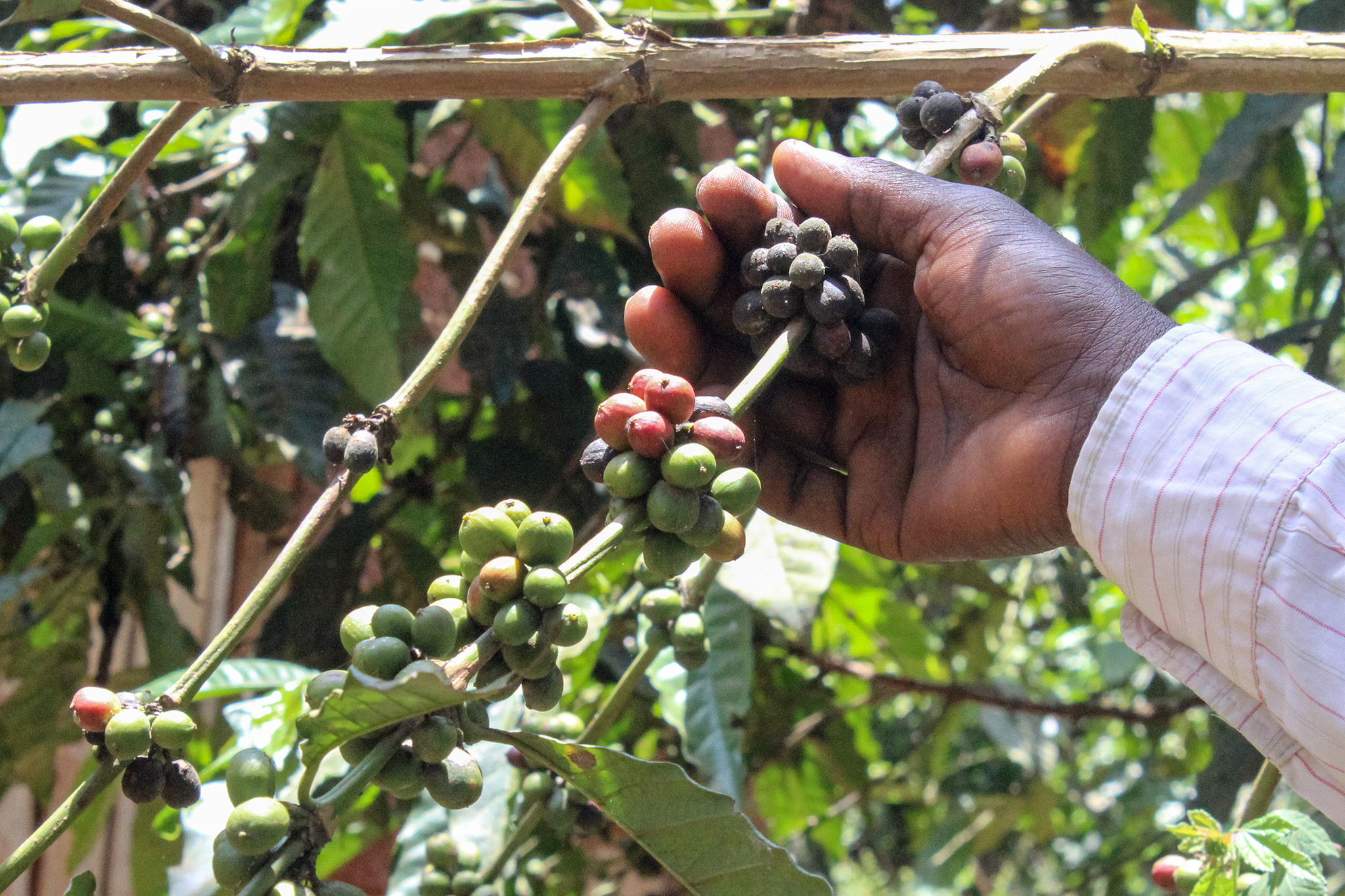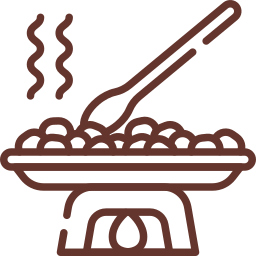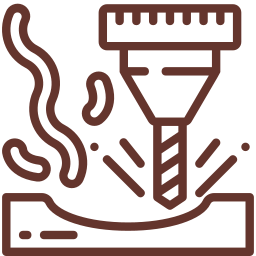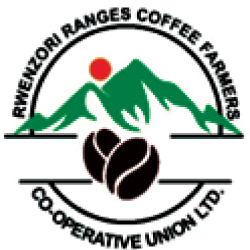Coffee Production and Value Chain Analysis
Coffee remains one of the most economically significant crops in Kasese District, especially among poor rural households. It is cultivated across all sub-counties and serves as a primary source of livelihood for a large segment of the population. Ranking third in agricultural output after cotton and bananas, coffee plays a central role in household income and regional trade.


Coffee as a Lifeline
Grown by most poor households across Kasese and Rwenzori sub-counties.

Top 3 Crop
Ranks just after cotton and bananas in the district’s production scale.

100% Arabica
All coffee grown in Bugoye is Arabica, renowned globally for its exceptional taste.
Current Challenges
A vital income source for poor households in the Rwenzori region
Declining Productivity
Due to aging trees and soil depletion, yields have drastically dropped.
Susceptible Varieties
Local varieties are highly vulnerable to pests and diseases.
Poor Processing
Sun drying techniques degrade quality, lowering potential market price.
Soil Erosion
Steep slopes and limited conservation practices increase erosion risk.
Value Chain Addition
Drugar (Kiboko)
Traditional sun-dried coffee, widely used but with lower quality results.
Wugar / Parchment Coffee
Washed Arabica process enhances both taste and market value.

Wet Coffee Processing
Washed Arabica process enhances both taste and market value.

Roasting
Beans roasted to perfection, unlocking aroma and flavor.

Coffee Milling
Roasted beans are finely milled into consumable coffee powder.
Final Product
A premium beverage enjoyed locally and globally.
